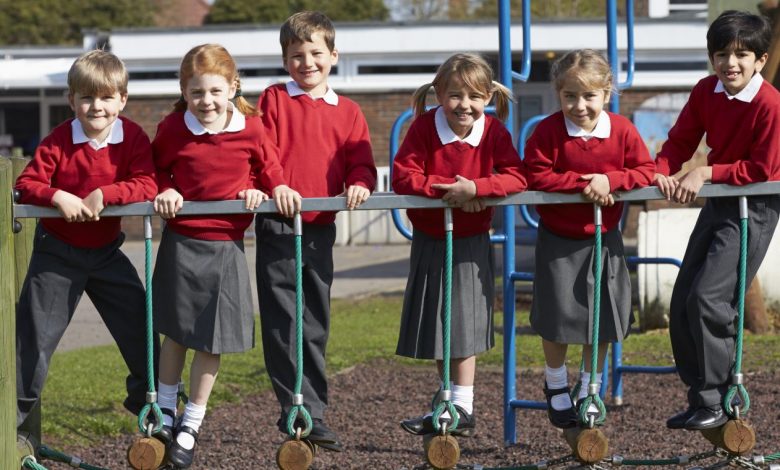
Ensuring the safety of children is a top priority in any environment, including playgrounds.
Unfortunately, falls are the primary cause of serious injuries on playgrounds, often due to inadequate or hard surfaces. Therefore, it is essential to test playground surfaces for impact attenuation to reduce the risk of life-threatening head injuries, in compliance with the NZS 5828:2015 standard.
Read the Term 3 edition of School News HERE
The purpose of impact attenuation testing is to measure the shock-absorbing properties of a playground surface. This testing method simulates the impact of a child’s head with the surface and quantifies shock absorbency by two scores: g-max and Head Injury Criterion (HIC). G-max measures the maximum acceleration or shock produced by an impact, while HIC is an empirical measure of impact severity based on the relationship between the magnitude and duration of impact accelerations and the risk of head trauma.
Different materials can be used for playground surfaces, including loose-fill materials such as wood/bark products, sand, and pea gravel, and synthetic surfaces such as rubber tile, poured-in-place, artificial turf, and other artificial surfaces. Loose-fill materials can improve impact performance at a relatively low cost, but they require regular top-ups, which can be significant maintenance costs. Synthetic surfaces, on the other hand, require a more significant initial investment but little to no maintenance, but do require impact testing to verify ongoing performance.
Regardless of the surface material used, playground surfaces should be tested and certified compliant for the Critical Fall Height (CFH) impact attenuation performance of NZS 5828:2015 and EN1177. If the equipment’s fall height exceeds the critical fall height performance of the surface, it may fail to provide protection against head, neck, and back injuries. Additionally, synthetic materials are prone to degradation over time, including weathering and UV exposure, which can lead to a loss of impact performance. Therefore, regular impact testing is the only way to verify the impact performance over time.
In conclusion, regular impact testing of playground surfaces every two years is crucial to maintaining impact safety standards and reducing the likelihood of serious injuries, particularly to the head, neck, and back. The safety of children on playgrounds should never be compromised, and playground operators should prioritise investing in impact attenuation testing to ensure the playground’s safety.






